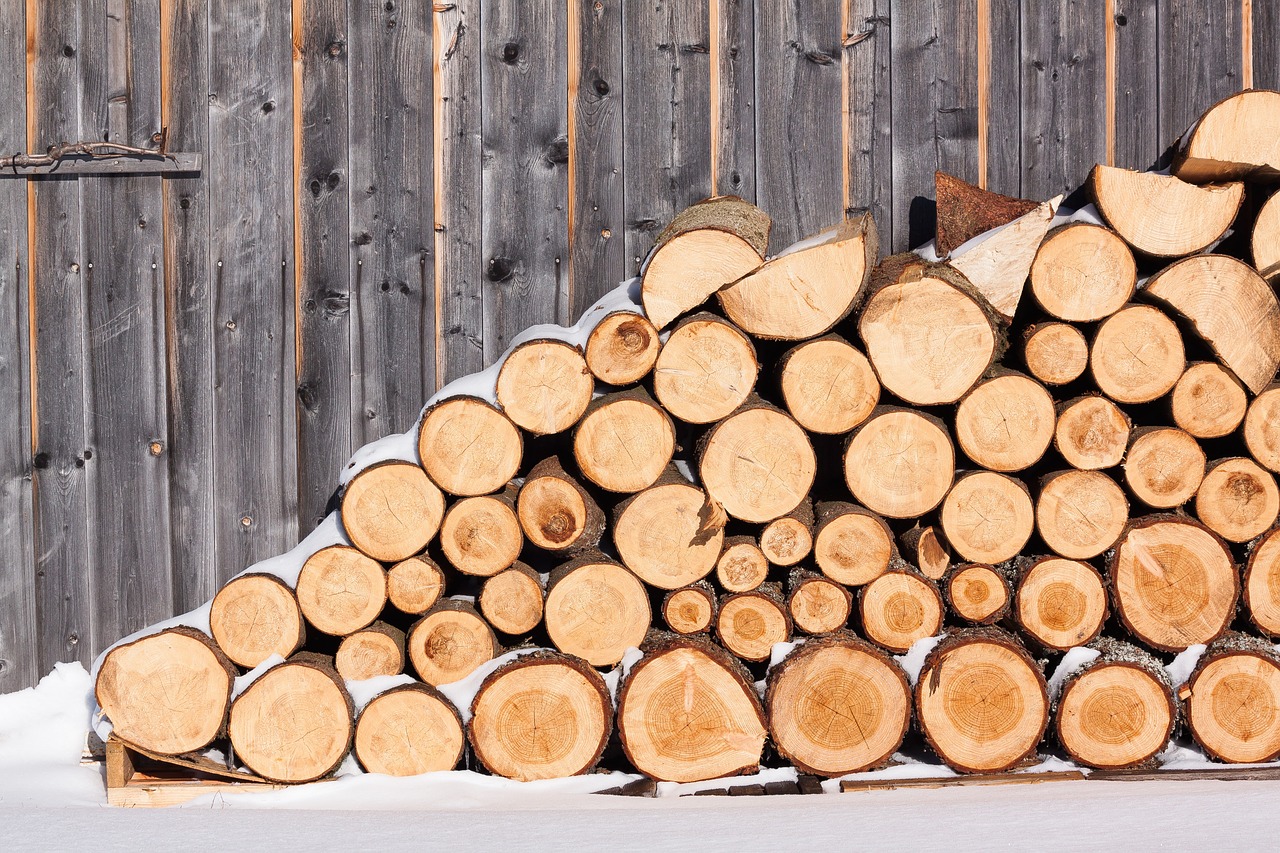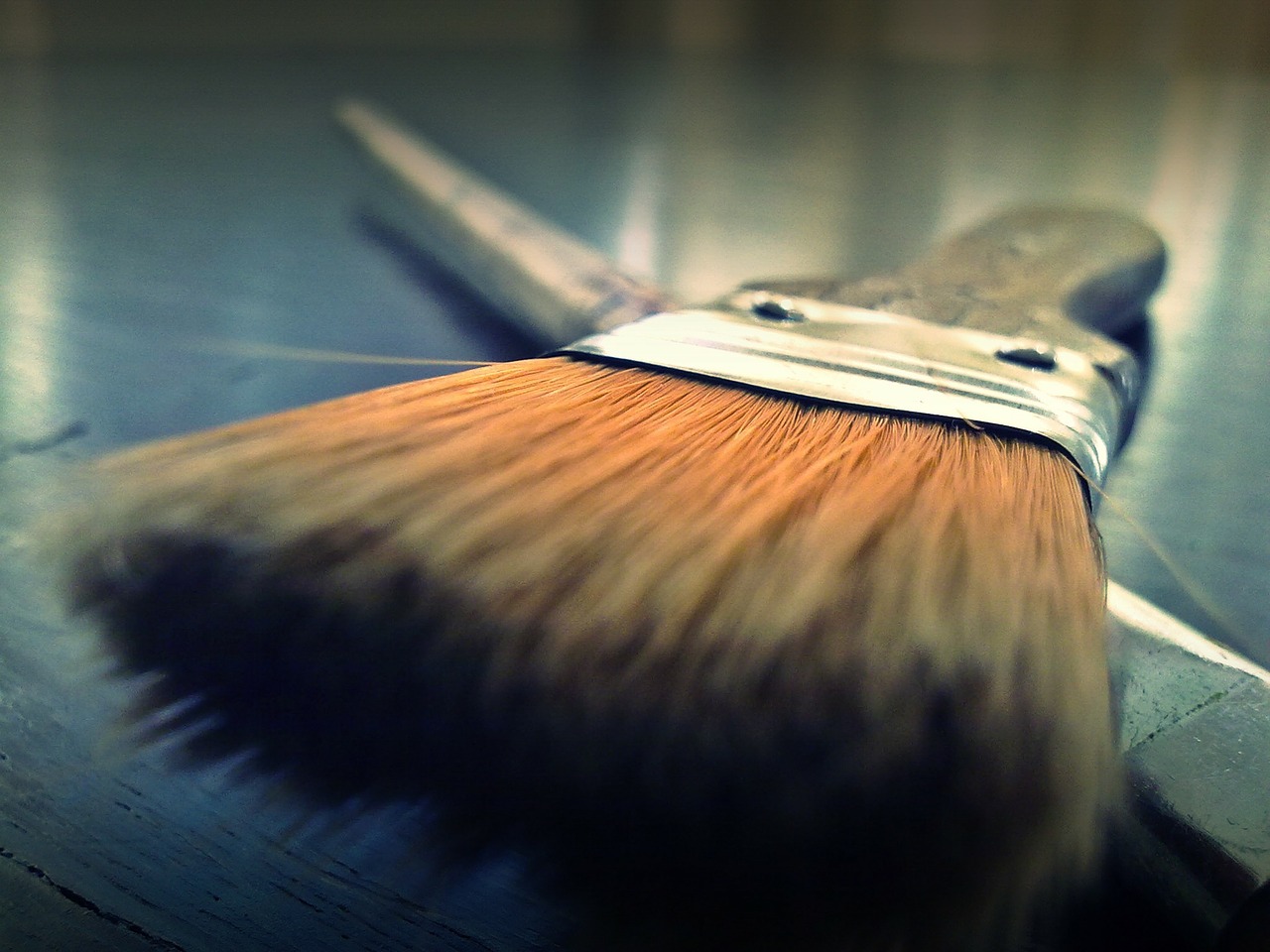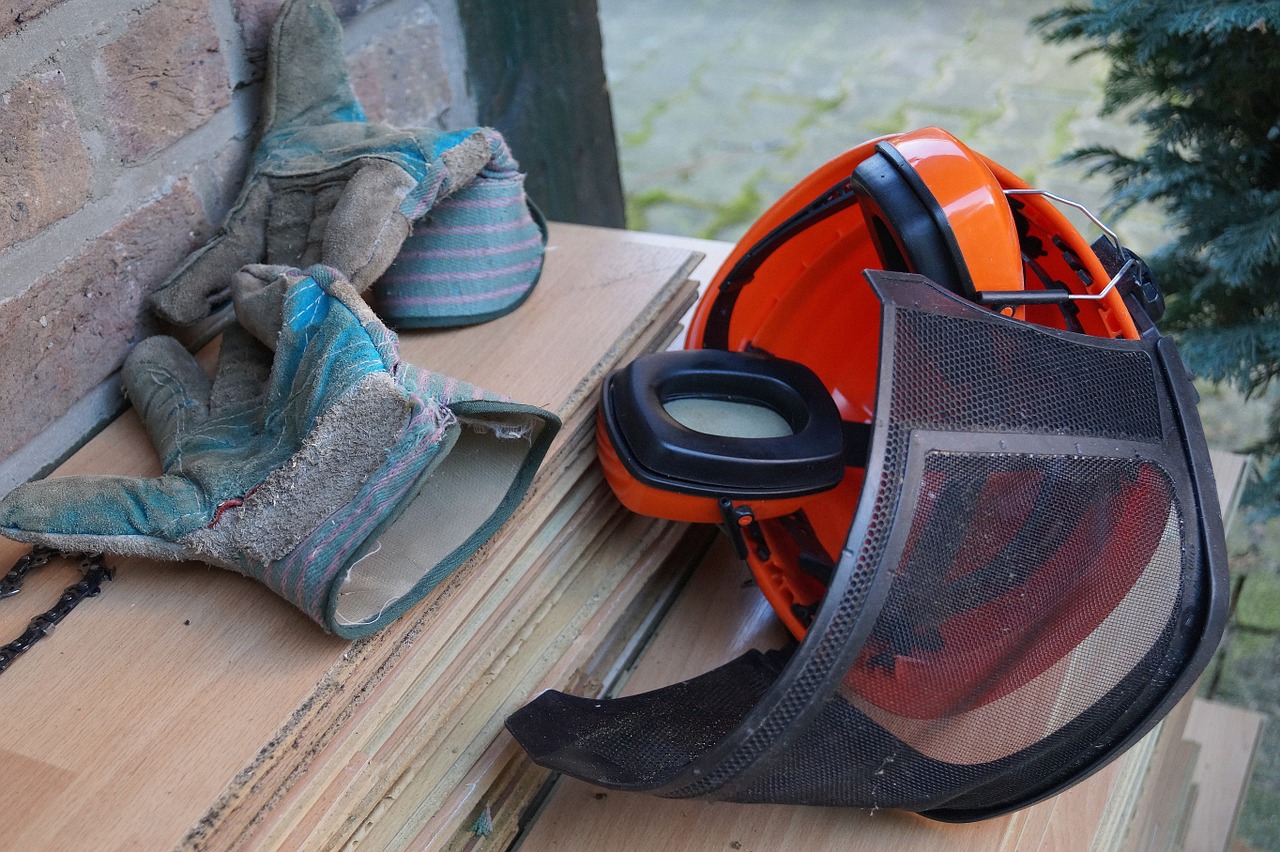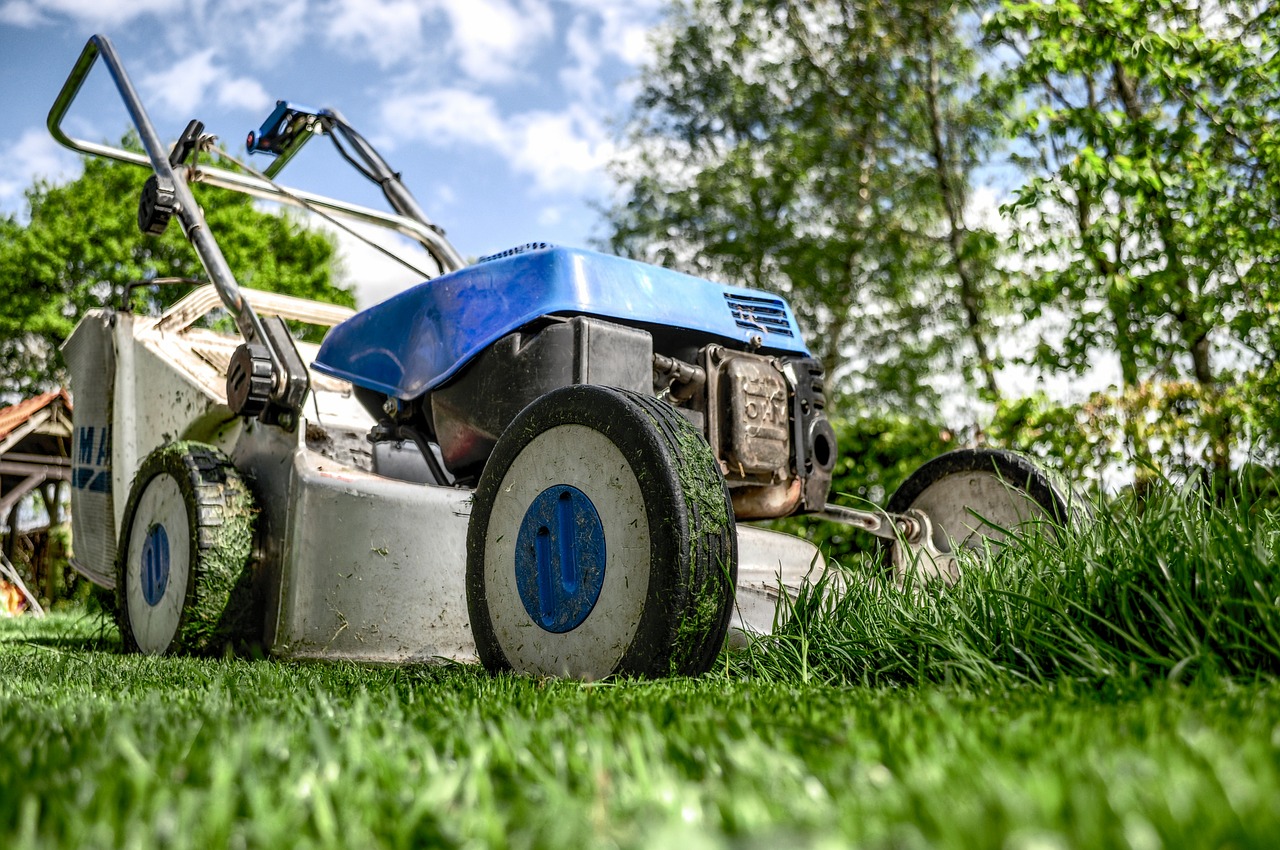Do you know your softwood timber from your hardwood? What exactly is the difference between treated and untreated planed timbers? For any newbie starting out on their first DIY project, getting your head around all the terminology associated with types of timber can be very confusing!
Thankfully, we’re on hand here at eDecks to give you the lowdown on everything you need to know about timber.
Getting to Grips with Types of Timber
The types of timber you choose will be largely dependent on the project itself, regardless of whether you’re erecting a fence or laying down some brand new decking. For those on a budget, softwood timber is the preference due to the cheap price point. However, all softwood timber should be pressure treated with a wood preservative, not only to extend the life of the material itself, but also to abide by UK government regulations.
Whilst harder to work with, and a bit more expensive, hardwood timber is a popular choice thanks to its durability and rich colour. For projects that require materials than can stand up against heavy use, hardwood timber is the recommended choice.
To Treat or Not To Treat?
Much like weighing up whether to use hardwood or softwood timber, the choice to opt for treated or untreated comes down to the individual project.
Untreated timber defines itself through the lack of preservatives and chemicals added, making it a fairly “natural” solution. In contrast, treated timber is doused with chemicals and preservatives to greatly extend the life of the material and protect against rot, wear and pesky creepy crawlies.
Choosing treated timber may seem like a no-brainer, but some DIY enthusiasts choose to opt for untreated timber due to the cheaper price point, as well as concerns about health and the hazardous preservatives (albeit considerably less toxic than previously manufactured) used to make treated wood.
In short, for activities that handle an outdoor purpose, or come frequently into contact with insects, treated timber is the recommended material. However, for projects with the end goal involving food or people, such as a desk or dining table, untreated timber may be better placed.
All Sawn Up!
Looking to wrap up a project sharpish, on the cheap? Don’t be lured in by lower prices – rough sawn timber is only for the hard-core DIY enthusiasts! But if you love crafting your project from start to finish, rough sawn timber may be perfect for you as it offers greater control. Rough sawn timber will need to be planed and dried before being used in a project. Expect the rough sawn timber to arrive slightly larger than finished timber as it will shrink down during the planning and drying process.
Timber Supplies at eDecks
At eDecks, we offer a vast range of types of timbers at wallet-friendly price points to suit projects of all levels. If you’re still not sure which timber to use for your project, simply get in touch with our friendly team on 0844 474 4444 and they’ll be more than happy to advise! Ready to get cracking? Head on over to our timber bestsellers to snap up a bargain now!






